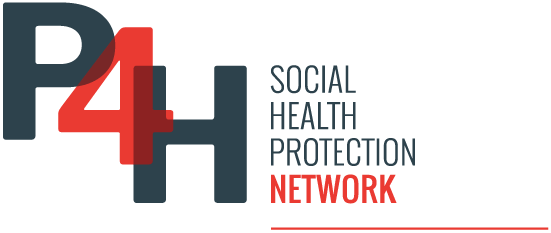The UKHSA report reveals significant health inequalities in England linked to infectious diseases and environmental health hazards, with those in deprived areas nearly twice as likely to be hospitalized compared to their more affluent counterparts. Moving forward, UKHSA aims to address these inequalities through targeted interventions and collaboration with various sectors to improve health outcomes for the most affected communities.
The UKHSA (UK Health Security Agency) has released a report detailing health inequalities in England stemming from infectious diseases and environmental health hazards. The report, titled “Health Inequalities in Health Protection,” highlights significant disparities in health outcomes based on socio-economic status, geographical location, and ethnicity.
The findings reveal that individuals residing in the 20% most deprived areas of England are nearly twice as likely to be hospitalized due to infectious diseases compared to those in the least deprived regions. Notably, the North-West of England shows a 30% higher hospitalization rate for infectious diseases, with 3,600 admissions per 100,000 people from September 2023 to August 2024, compared to the national average of 2,800.
The report also emphasizes the stark differences in emergency admission rates for tuberculosis among ethnic groups, with rates for ‘Asian other’ individuals being 29 times higher, ‘Indian’ individuals 27 times higher, and ‘Black African’ individuals 15 times higher compared to the ‘White British’ group.
The associated economic burden of these health inequalities is significant, costing the NHS between £970 million and £1.5 billion in the 2022-2023 period. In terms of environmental health, the research indicates that deprived communities often face higher levels of air pollution, exacerbating health issues. The analysis demonstrates that those living in these areas experience markedly higher rates of respiratory diseases, with emergency admissions being twice as high overall, and even more severe for diseases like tuberculosis (seven times higher) and measles (six times higher).
Vulnerable populations are also disproportionately affected by radiation, chemical, and climate hazards. Dr. Leonora Weil, Deputy Director for Health Equity and Inclusion at UKHSA, highlighted the urgency of addressing these inequalities. She noted that these disparities are preventable and stressed the need for targeted action to improve health outcomes for the most affected communities, including marginalized ethnic groups and those experiencing homelessness.
Moving forward, UKHSA aims to apply a health equity lens in its work, focusing on understanding the needs of different populations and implementing targeted interventions. This involves collaboration with local and national partners across various sectors and empowering the workforce to effectively address these health inequalities in all aspects of their work. The report serves as a starting point for deeper exploration and action towards better health for all individuals in England.


